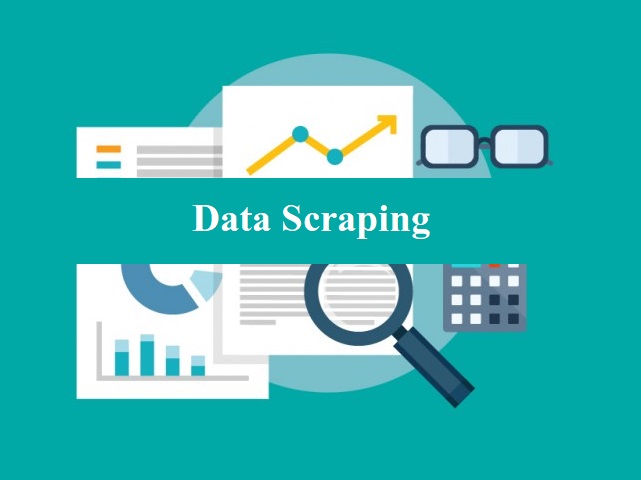Data scraping, also known as web scraping, is the process of extracting structured data from websites or online sources. It involves automated techniques that retrieve specific information from web pages and convert it into a structured format, such as a spreadsheet or a database. Data scraping enables users to efficiently collect and analyze large amounts of data from diverse sources on the internet.
Data scraping has numerous applications across various industries and domains. Here are some common applications:
- Market Research: Data scraping is widely used in market research to gather information about competitors, pricing, product catalogs, customer reviews, and other market trends. This data helps businesses make informed decisions, identify market opportunities, and gain a competitive edge.
- Lead Generation: Data scraping is employed to extract contact details, such as email addresses and phone numbers, from websites, directories, or social media platforms. This information is valuable for lead generation and targeted marketing campaigns.
- Price Comparison and Monitoring: E-commerce businesses use data scraping to collect product prices, descriptions, and availability from multiple online retailers. This information allows them to analyze pricing trends, adjust their own pricing strategies, and offer competitive prices to customers.
- Content Aggregation: Data scraping is utilized to gather news articles, blog posts, or other content from various sources to create aggregated content platforms or news feed applications.
- Financial Analysis: Financial institutions and investors use data scraping to collect and analyze financial data, stock prices, company reports, and other relevant information for investment analysis, risk assessment, and decision-making.
- Academic Research: Researchers and academics employ data scraping to collect data for studies, surveys, sentiment analysis, or any research that requires large-scale data collection from online sources.
- Social Media Analytics: Data scraping is used to extract data from social media platforms like Twitter, Facebook, or Instagram. This data can be used for sentiment analysis, social media monitoring, trend analysis, or building recommendation systems.
- Government and Public Data Collection: Data scraping is utilized by government agencies and organizations to collect public data, such as census data, weather data, or transportation data, for analysis, policy-making, and public services.
These are just a few examples of the wide-ranging applications of data scraping. The ability to extract structured data from websites and online sources facilitates data-driven decision-making, automation, and innovation across various industries and sectors. However, it is important to note that data scraping should be performed in compliance with legal and ethical guidelines and with respect for website terms of service.
